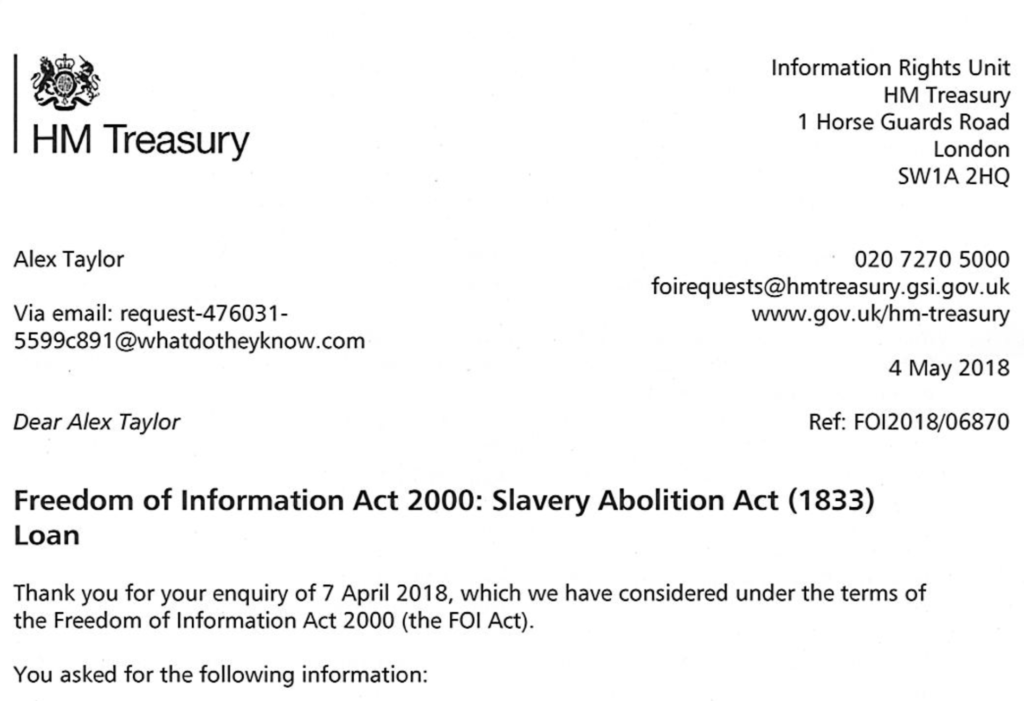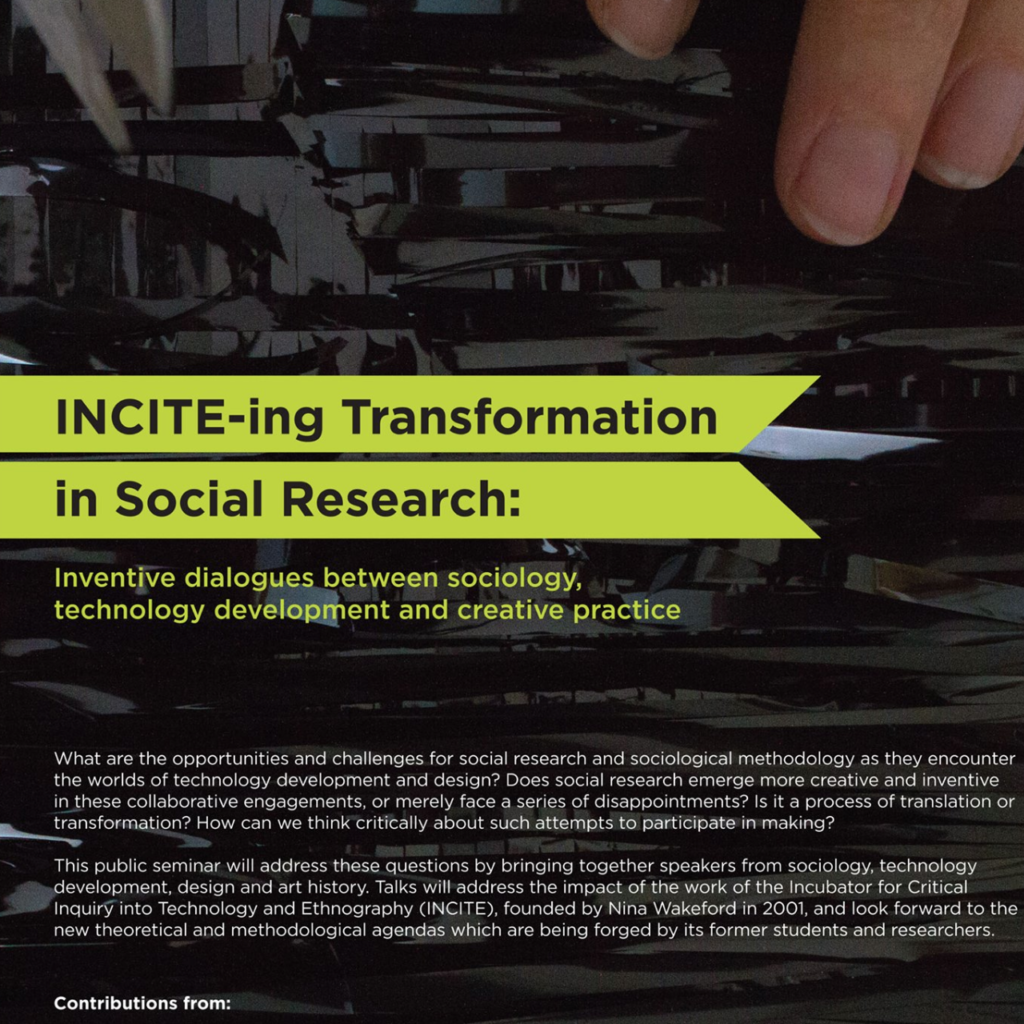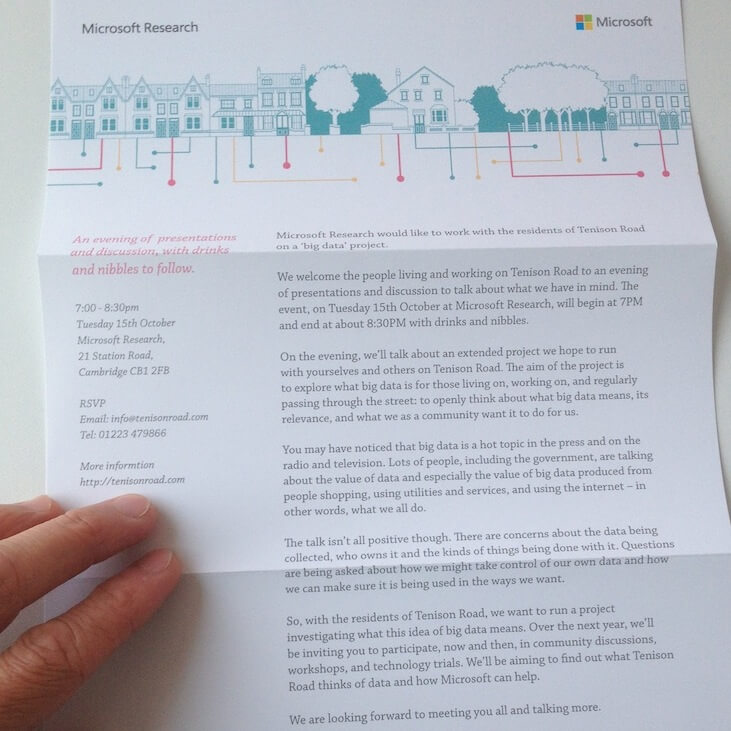I had the pleasure of presenting as part of our very own HCID Seminar Series in November. I took the opportunity of trying out some early ideas about tables, a little clumsily testing out ideas of how tables have been used in the recording of bodies, from the slave trade to the algorithmic modes of bodily accounting so pervasive today.
See the abstract for the talk below.


The act of reading across and down, through the coordinate grid, to find information is a generative act. […]
This is not trivial, but essential, to the performative capabilities of tables.
Joanna Drucker
ABSTRACT: Through a number of routes, I’ve found myself thinking about tables, the kinds of tables with columns and rows. These tables lie behind so much of the proliferation of data and computation we are witnessing in contemporary life. They are also core to much of the work we do as researchers and designers. Yet too often we neglect the lively nature of these ordering technologies (Drucker 2014). In offering a practical solution for sorting and organising pretty much anything (e.g., numbers, times, dates, names, events, journeys, bodies, etc,), we overlook how they afford and authorise very particular ways of making matter matter (e.g. Rosenthal 2018; Wernimont 2018). Take Excel. The tool’s powerful capacities for ordering items in a seemingly infinite number of rows and columns—setting various systems of organisation against one another—is in no way inert. The explicit or implied hierarchies, the categories and comparisons, the roundings up or down, the spatial and calculative transformations, etc.—altogether, they are, already, telling a story. They are, if you will, technoscientific “worldings” (Haraway 2016).
I want to use this talk as a forcing function to explore this line of thought and the relevance it might have to the design of interactive systems. For now, my view is that much is to be understood from the close examination of ‘tables-in-action’. I believe we might discover many of the assumptions and biases we have in interpreting data and conducting research by attending to what we do with our tabulating practices—practices that, at first glance, appear so neutral. With this as a starting point, my hope will be to imagine worlds otherwise. To imagine intervening in the ways we work with tables so that we might extend and multiply the worlds we make possible.
- Drucker, Johanna. Graphesis: Visual forms of knowledge production. Harvard University Press, 2014.
- Haraway, Donna J. Staying with the trouble: Making kin in the Chthulucene. Duke University Press, 2016.
- Rosenthal, Caitlin. Accounting for Slavery: Masters and Management. Harvard University Press, 2018.
- Wernimont, Jacqueline. Numbered Lives: Life and Death in Quantum Media. MIT Press, 2018.


